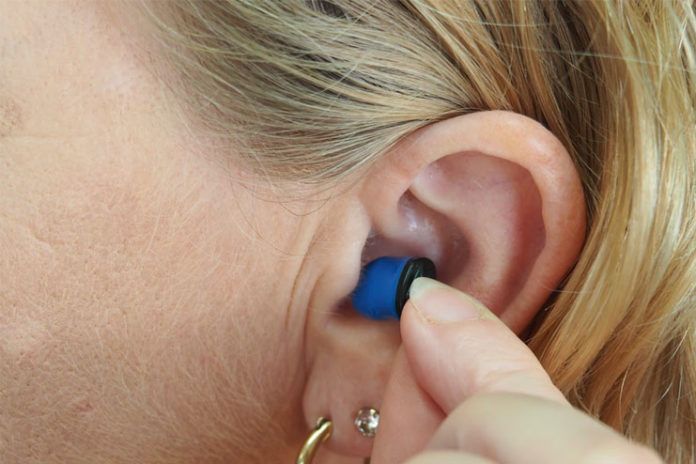Affiliate Disclaimer
Some links in this article are affiliate links. We may earn a small commission if you make a purchase through these links, at no extra cost to you. We only recommend products we find useful to our readersThe best Hydrogen Peroxide H2O2 is a mix of water and pure H2O2, a semicritical disinfectant used to clear earwax from our ears. The brown red, yellow, orange-grayish sticky accumulation in our ear holes is called cerumen. H2O2 in the right proportions (that is the “food-grade” 35 percent solution) can break down and dissolve cerumen out of the ears. This is essential because if there is excessive accumulation of earwax in our ears we can become deaf or hard of hearing. Too much earwax can also cause skin infections because cerumen is very acidic in nature.
Being hard of hearing is a difficult life, you will not be able to have proper conversations with family members, have good social relationships, you won’t even be able to respond to doctor’s warnings, alarms clocks, doorbells, and listen to music, and many other things. It is also possible that there would be constant ringing in your ears and also pain which will be hard to get rid of.
In most cases if earwax is not cleaned up from time to time it can dry up in our ears and then it becomes permanently impossible to clear it. This happens to people who don’t practice any kind of self-care on this front. That it is why it is important to know how to use Hydrogen Peroxide to clean earwax. To clean out ear wax with hydrogen peroxide you can do it at home and also go to the doctor or audiologists, depending on the condition of the ear.
How Does Hydrogen Peroxide Get Rid of Earwax
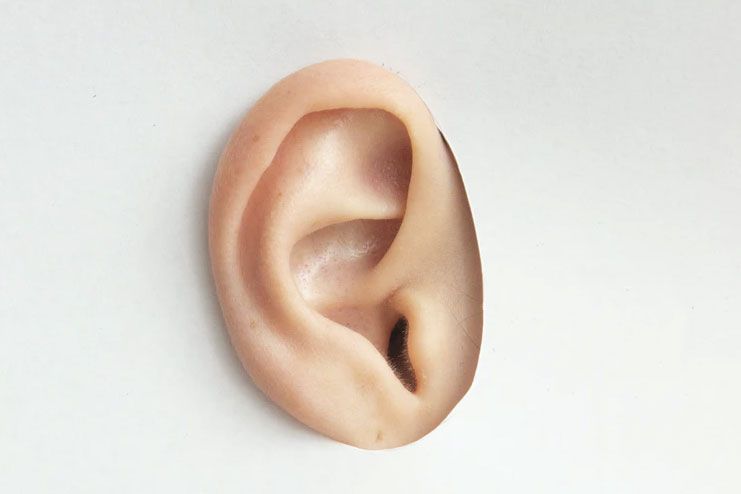
It is water soluble and hence a 50/50 mix or 75/100 mix is good depending on the kind of earwax accumulation there is. The ideal is to use three percent H2O2 in water or oil when there is no heavy accumulation, but you are just cleaning your ears for hygiene purposes.
It also has major side-effects if the user is not aware of the constitution of the solution he or she is using to clean their ears. Once you put H2O2 solution in your ears there is a bubbling stage after which the earwax is found melted or cleared away.
This process is called fragmenting corneocytes (a type of skin cell) within the ear wax itself. When you mix H2O2 with any alkaline solution it becomes a peroxidase. That is, so called, because they commonly can break up peroxides. Therefore, inducing the effervescence effect (bubbling) that mechanically fragments ear wax.
Oil-based cerumenolytics use almond oil, peanut oil, earex, olive oil and mineral oil/liquid petroleum as the base solution to provide lubrication to the ear wax, softening the surface without fragmenting the ear wax. The mechanism of action, the chemical process of non-water- and non-oil-based cerumenolytics is unknown.
Don’t make cleaning ears with toothpicks circumvented with cotton, or just anything, a daily practice. Once in two weeks is good enough for maintaining ear hygiene. Ear wax is actually very important for our ear canal’s protection. Earwax is produced by the sebaceous glands in our ears’ skin that line the outer half of your ear canals to clean and protect itself. It traps dust and other foreign particles that could damage deeper structures, such as your eardrum.
What Does Hydrogen Peroxide Do to Earwax?
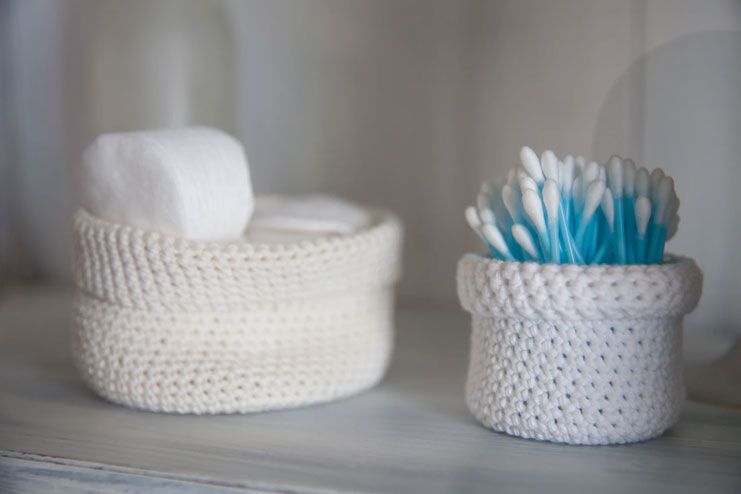
To break it down further for you, Hydrogen peroxide is a basically a chemical compound made up of two hydrogen atoms and two oxygen atoms, hence, H2O2. When H2O2 reacts with cerumen, the enzyme called catalase is produced, which breaks down the hydrogen peroxide into water and oxygen in the form of bubbles. The fizzing you see is the “oxygen gas escaping”. Catalase is known to cause up to 200,000 reactions per second.
Hydrogen peroxide for ear wax cleaning is like using an antiseptic. It is a household substance. It is present in hair dyes and bleaches, toothpaste and mouthwashes, bathroom cleaners and laundry stain removers. Applying Hydrogen Peroxide on recurrent outer ear infections (called ‘otitis externa’), alone after the first symptoms of an infection can sometimes avoid the need for antibiotic drops. It gives a coolish pinch in the scraped wounded area. You can use this method three times a day for a week, and see your doctor if symptoms of infection get worse.
According to the Centers for Disease Control (CDC), hydrogen peroxide kills yeasts, fungi, bacteria, viruses, and mold spores. Dabbing hydrogen peroxide on a cut, will create that white, fizzling foam that is actually a sign that that the solution is killing bacteria as well as healthy cells.
Irrigation or flush small scrapes or abrasions with Hydrogen peroxide. It will help remove the debris often which gets stuck on the wound. But it cannot be used for large, open and deep cuts. The bubbling action helps remove debris. But this is useful only if and when you use H2O2 as first aid, not after a long time.
A new study published in the journal Nature shows that the substance may also serve as a “Pied Piper for white blood cells”, i.e., summoning WBCs to the site of a wound to promote healing.
Is it Safe to Use Hydrogen Peroxide for Earwax?

Usual way to get rid of earwax would be when you move your jaw, part of the Temporomandibular joint (TMJ) moves back into the ear canal and helps deform and kick out wax. Then, eventually, the wax will fall out of your ear—it’s a self-cleaning mechanism.
There is another way, when your ears are plugged, try swallowing, yawning or chewing sugar-free gum. This will open up your eustachian tubes (the small passageway that connects your throat to your middle ear). If this too doesn’t work, take a deep breath, try to blow out of your nose gently while pinching your nostrils closed and keeping your mouth shut. You should hear a popping noise and then you know you have gotten rid of the earwax.
Around 79 percent of the population uses H2O2 for purposes of cleaning earwax. It’s safety depends on how you use it. Are you aware what to do with this mild antiseptic? You cannot use H2O2 in its pure form, you have to dilute it with something, either water or oil. You can use an eye or ear dropper, or a rubber-bulb syringe to transfer the fluid in your ears, wait for 5 minutes (not less not more) for it to bubble up and then repeat the procedure in your other ear.
It will be effective most of the time if your eardrum doesn’t contain a tube or have a hole in it. In that case just go to the doctor, don’t try this at home. It is not necessary to use Hydrogen Peroxide only, you can also use various alternatives like carbamide hydroxide. Carbamide peroxide contains hydrogen peroxide in it. For every 30% of carbamide peroxide, there is also 10% of hydrogen peroxide. The main difference between hydrogen peroxide and carbamide peroxide is that hydrogen peroxide whitens the area where it is applied.
You can also use steam. Instead of any of these chemical measures. Steam helps to unclog an ear when the cause is an infection or allergies. Just don’t use those tools like ear picks or spiral tools could accidentally puncture your eardrum and cause permanent hearing loss. And, Candle wax to remove ear wax is the worst idea for researchers even found an increase in wax because of the wax deposited by the candles.
Rubbing alcohol has some advantages over using hydrogen peroxide. It is called ear flushing, or ear irrigation method. Rubbing alcohol or ears flushing not only displaces the water it also dries the canal skin and does not let bacteria or fungus grow. Since H2O2 keeps the skin wet, there are chances of certain bacterial growth after using it.
All ear drops contain some form of hydrogen peroxide and that adds oxygen to the reaction with cerumen causing it to bubble. It is just one of the cheapest self-care measures that may help you remove excess earwax that’s blocking your ear canal by softening the ear wax. An appointment to have ear cleaning can cost between $100 and $250 at an audiologist or primary care physician.
What Type of Hydrogen Peroxide for Earwax?
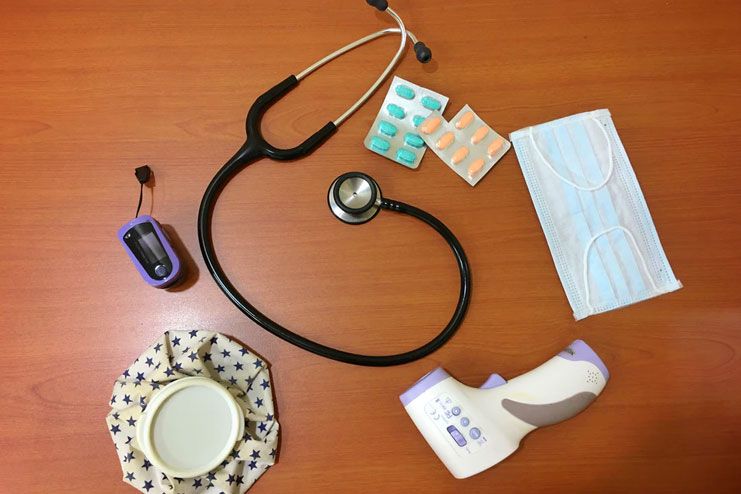
There are others :
- Household hydrogen peroxide is 3 percent H2O2: available in supermarkets and drugstores, typically in brown bottles.
- Hair-bleaching hydrogen peroxide is 6 to 10 percent H2O2
- Industrial hydrogen peroxide which has 90 percent H2O2: available in various strengths and used for bleaching paper and textiles, producing foam rubber, and as an ingredient in rocket fuel.
For earwax you may use the 3-6 percent solution which is the 35% percent H2O2 solution present in household items. Some of the other uses of 35 percent H2O2 solutions are as follows:
- Use as a disinfectant on small cuts and scrapes
- Gargle with it to treat sore throat
- Put it on acnes
- Use soft cotton with it to dab it on the boils of your skin
- Smear over foot fungus
- Use it on calluses and corns
- Put it in an ear dropper and use for ear infections
- Clean up your skin mites
- Whiten your nails with it
How To Use Hydrogen Peroxide for Ear Wax Removal?

Glycerin and Hydrogen Peroxide for Earwax
- Take an eyedropper/ cotton swab/ rubber-bulb syringe to apply a few drops of glycerin and dilute it with 100 is to 3 ratio with 35 percent solution of hydrogen peroxide in your ear canal.
- Add 5-10 drops of the chemical solution
- Wait for five minutes for the solution to start bubbling up in your ears. If it does not bubble, add a little more H2O2 and try again.
- Turn your head to the side and pull back on the top of your ear to allow it to drain properly.
- Repeat in the other ear.
- Clean with a dry washcloth
- Follow the procedure for three weeks after which you have to consult a doctor if earwax problems persist.
Vinegar and Hydrogen Peroxide for Ear Wax
- Take an eyedropper/ cotton swab/ rubber-bulb syringe to apply a few drops of cooking vinegar and dilute it with 100 is to 3 ratio with 35 percent solution of hydrogen peroxide in your ear canal.
- Add 5-10 drops of the chemical solution
- Wait for five minutes for the solution to start bubbling up in your ears. If it does not bubble, add a little more H2O2and try again.
- Turn your head to the side and pull back on the top of your ear to allow it to drain properly.
- Repeat in the other ear.
- Clean with a dry washcloth
- Follow the procedure for three weeks after which you have to consult a doctor if earwax problems persist.
You can follow the same procedure with the following household fluids with hydrogen peroxide to get rid of ear wax:
- Baby oil and Hydrogen Peroxide
- Laurel oil and The Juice of Young Radish Rind
- Cucumber Juice, Crushed Rose Leaves
- Unripe grapes With Rose Oil
How Long Should You Leave Hydrogen Peroxide in Ear?
You have to leave 35 percent Hydrogen Peroxide solution with whichever base you are using for at least five minutes. Hydrogen peroxide needs to break down the ear wax in a bubbling manner which will make the wax softer. You will need to lie down on your side and pour the stuff in for five minutes.
Possible Side Effects of Using Hydrogen Peroxide in Ears
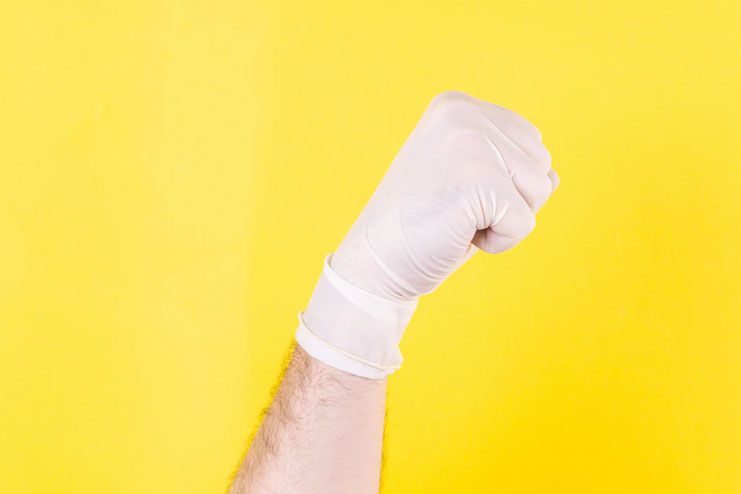
Too much of admixture of hydrogen peroxide to clean earwax can cause the following symptoms of uneasiness:
- Sore throat
- Cough
- Nausea
- Dizziness
- Headache
- Shortness of breath
- Skin whiteness, skin burns, redness, pain
- Blurred vision
- Severe, deep burns
- Corneal ulceration
- Abdominal pain
- Vomiting
- Internal bleeding
Conclusion
The Best Hydrogen Peroxide for Earwax is the 35 percent solution which is called the household “food-grade” hydrogen peroxide and is available in all drug stores without prescription. You have to follow safety while using Hydrogen Peroxide for ear wax removal. There are dangerous side-effects of using too much Hydrogen Peroxide to clean earwax. In this we have cleared out all the facts about Hydrogen Peroxide for earwax blockage. To know about ways to use Hydrogen Peroxide to remove earwax and using hydrogen peroxide to get rid of earwax you should know how hydrogen peroxide reacts with cerumen (medical term for ear wax) on which there is no research study done yet.



























